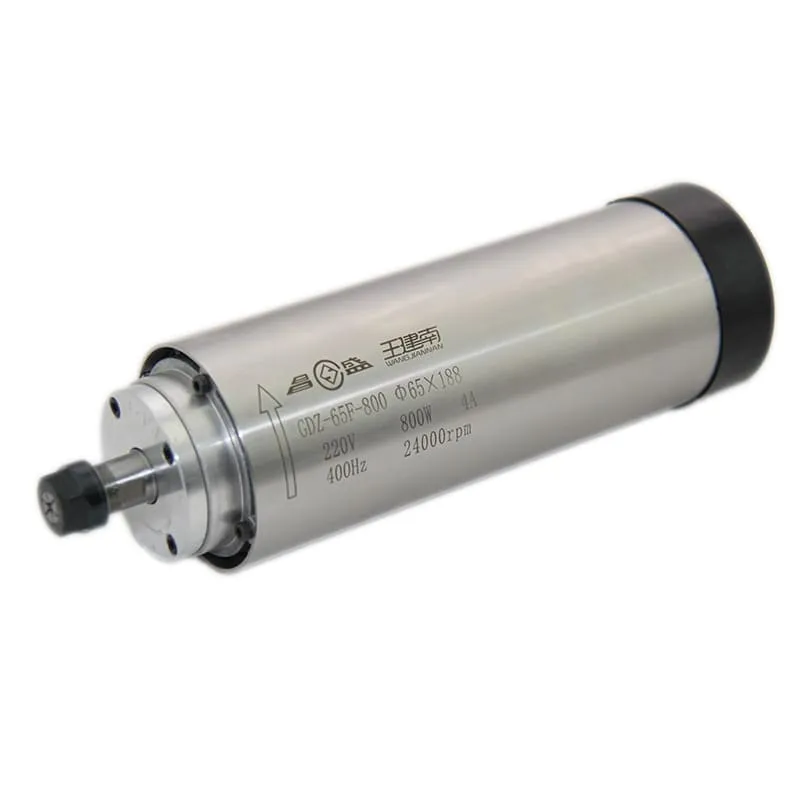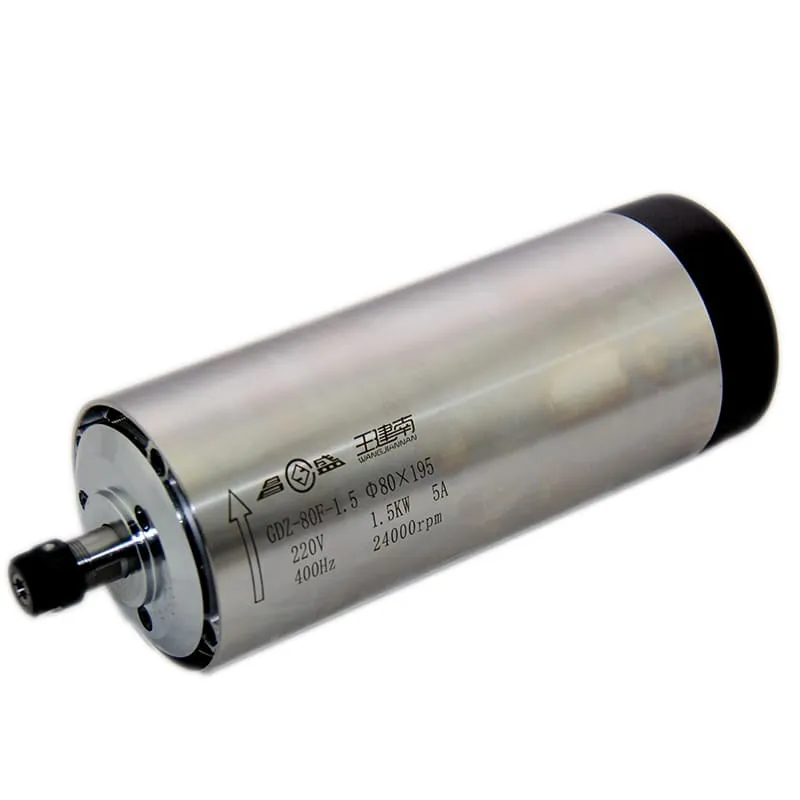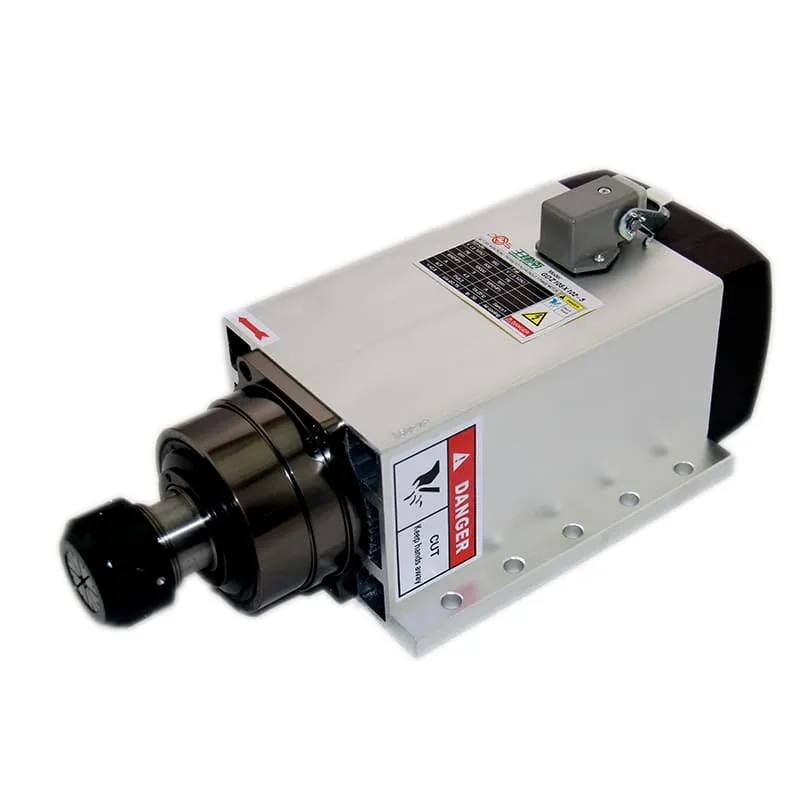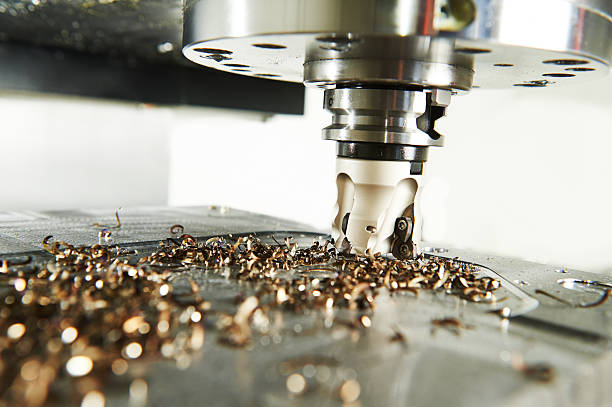How to CNC Wood
CNC woodworking has become an essential part of both hobbyist and professional projects, offering unmatched precision and versatility in creating intricate designs from wood. Whether you’re a beginner or an experienced craftsman, understanding how to CNC wood can elevate your craft, giving you the ability to create customized, high-quality pieces quickly and efficiently. This guide will provide a comprehensive look into how to CNC wood, covering everything from tool selection to creating your first CNC wood project. Let’s dive in!
What is CNC Woodworking?
CNC woodworking involves using a CNC router machine to cut, carve, and engrave wood with precision. CNC stands for Computer Numerical Control, which means that a computer controls the movements of the cutting tools, based on the G-code generated by CAD/CAM software. This process allows woodworkers to create highly detailed and repeatable patterns with minimal manual labor.
Key Components of CNC Woodworking
- CNC Router: The main machine that performs cutting and carving operations.
- CAD/CAM Software: Software used for designing and generating G-code, which directs the CNC machine.
- Router Bits and End Mills: Tools used for cutting and shaping the wood.
- Wood Material: Typically, wood types like plywood, MDF, hardwood, and softwood are used in CNC projects.
For precision and versatility in your CNC woodworking, consider our 2.2KW ER20 Air-Cooled Spindle, ideal for a wide variety of wood types.

The ER20 spindle is designed for optimal stability during high-precision CNC woodworking tasks.
Types of CNC Machines for Woodworking
There are several different types of CNC machines used for woodworking, each suited for specific tasks. Understanding which machine is best for your needs is crucial for achieving optimal results.
1. CNC Routers
CNC routers are the most common type of CNC machines used for woodworking. They are ideal for cutting, carving, and engraving large panels of wood.
- Applications: CNC routers are great for making furniture, cabinets, signs, and other large wooden items.
- Features: CNC routers are typically equipped with powerful spindles and come with a large cutting area, allowing for extensive work.
2. CNC Mills
CNC mills are another option for woodworking, although they are more commonly used in metalworking. However, they can be used to create intricate designs in wood, particularly when working on smaller pieces.
- Precision Work: CNC mills can handle high-detail engraving and shaping, perfect for jewelry boxes and other small wood items.
For CNC milling tasks requiring higher precision, our 4.5KW ER32 Air-Cooled Spindle is a great choice for woodworking applications.

The ER32 spindle ensures consistent performance during intricate CNC milling tasks.
Choosing the Right CNC Router Bits and Tools
Router bits and end mills are essential tools for CNC woodworking. The quality of your project largely depends on selecting the right bit for the job.
Types of Router Bits
- Straight Bits: These are used for making straight cuts in wood. They’re ideal for cutting grooves or dados.
- V-Groove Bits: Commonly used for sign-making or decorative carvings, as they produce angled cuts.
- Ball Nose Bits: These bits are used for 3D carving as they allow for smooth, rounded edges.
Factors to Consider
- Material of the Bit: Most CNC router bits are made from carbide or high-speed steel (HSS). Carbide bits are more durable and ideal for harder woods.
- Bit Size: The diameter of the bit affects the cutting speed and precision of the operation. Smaller bits are great for detailed work, while larger bits are used for removing more material.
For intricate wood carving, consider using our 800W ER11 Air-Cooled Spindle with compatible router bits for high-detail projects.

The ER11 spindle is suited for detailed engraving and carving tasks.
Setting Up Your CNC Woodworking Project
To get started with a CNC woodworking project, it’s essential to prepare and plan adequately. This involves setting up the machine, selecting the right tools, and making sure your material is secure.
Step 1: Designing with CAD Software
The first step in any CNC project is designing your part using CAD software. Programs like Fusion 360 or AutoCAD allow you to create detailed digital models of your project.
- Ease of Use: CAD software is user-friendly and lets you visualize your project before cutting begins.
- Accurate Measurements: Ensures all cuts are made to exact specifications, reducing the chance of errors.
Step 2: Generating the G-code with CAM Software
Once you have your design, you need to use CAM software to generate the G-code that your CNC machine will follow. This G-code tells the CNC machine how to move, at what speed, and how deep to cut.
- Tool Path Generation: The CAM software determines the tool path for your router bit, optimizing it for efficiency.
- Simulation: Many CAM programs offer a simulation feature that lets you see how the machine will move, helping to catch any errors before they happen.
Step 3: Setting Up the Wood Material
Secure your wood material to the CNC table using clamps or vacuum tables to ensure that it doesn’t move during the cutting process.
- Material Stability: The wood should be stable to avoid shifting, which can ruin precision cuts.
- Zeroing the Machine: This involves aligning the bit to the starting point of the material, which acts as the reference for all other movements.
For a reliable spindle to help with setup precision, our 1.5KW ER11 Round Air-Cooled Spindle is a perfect match for CNC routers.

The ER11 Round Spindle ensures stable and precise starting positions for CNC woodworking.
Creating Your First CNC Woodworking Project
After setting up your material and generating the G-code, you’re ready to start your first CNC woodworking project. This involves actual cutting, monitoring, and making sure everything goes according to plan.
Step 1: Starting the CNC Machine
After you’ve set up your workpiece and loaded the G-code file, start the CNC router. Make sure to maintain a safe distance while monitoring the operation.
- Speed Control: Adjust the speed based on the material type. Softer woods may require higher speeds, while hardwoods need slower, more precise cuts.
- Dust Management: CNC woodworking generates a lot of sawdust. Make sure your CNC machine has an effective dust extraction system to keep the workspace clean.
Step 2: Monitoring the Cutting Process
It’s crucial to keep an eye on the cutting process to ensure the machine is following the programmed path correctly.
- Check the Depth of Cut: Ensure that the machine is cutting at the correct depth as programmed.
- Watch for Errors: Look for signs of wear on the bit or issues with material movement, which can affect the quality of the cut.
For better control during the cutting process, our 3.5KW ER25 Air-Cooled Spindle offers enhanced performance, suitable for a range of woodworking applications.

The ER25 spindle provides the power needed for smooth, uninterrupted cutting in CNC woodworking.
Common Mistakes and How to Avoid Them
While CNC woodworking offers precision and ease, there are common pitfalls that beginners often encounter. Knowing these mistakes and how to avoid them can save time and material.
Mistake 1: Improper Tool Selection
Using the wrong router bit can lead to poor quality cuts or even damage the wood. Always choose the bit based on the material type and the nature of the cut required.
- Solution: Research and select the appropriate bit. For detailed engraving, use a ball nose bit; for large material removal, use a straight bit.
Mistake 2: Incorrect Feed Rate and Speed
A feed rate that is too fast can cause the wood to splinter, while a slow rate can lead to burn marks.
- Solution: Adjust the speed based on the material. A slower speed is usually better for hard woods, while softer woods can handle a higher feed rate.
Mistake 3: Insufficient Material Clamping
If the wood isn’t clamped properly, it can move during the cutting process, leading to misaligned cuts.
- Solution: Use multiple clamps or a vacuum table to secure the material firmly to the CNC table.
For secure and efficient clamping, using a reliable spindle like our 2.2KW ER16 Air-Cooled Spindle will ensure high stability throughout your CNC woodworking project.

The ER16 spindle provides the consistent performance needed for securely held materials.
Post-Processing and Finishing
After the CNC router completes the cutting process, the project isn’t quite done yet. Post-processing and finishing are necessary to give the wood a professional look.
Sanding and Smoothing
Use sandpaper or a power sander to smooth any rough edges. This step ensures that the project is free of splinters and has a clean finish.
- Grit Selection: Start with a lower grit (e.g., 80) and move up to a higher grit (e.g., 220) for a smooth surface.
Staining and Sealing
After sanding, apply wood stain to enhance the natural beauty of the wood, followed by a sealer to protect it from moisture and wear.
- Types of Sealers: Choose between polyurethane, shellac, or lacquer based on the desired finish.
For high-quality CNC projects that require durable finishes, consider our 5.5KW ER32 4-Pole Air-Cooled Spindle, suitable for both intricate cuts and heavy-duty tasks.

The ER32 spindle supports precision needed in both cutting and post-processing stages.
FAQs on CNC Woodworking
1. What type of wood is best for CNC routing?
Plywood, MDF, and hardwoods like oak and maple are popular choices for CNC routing. The choice depends on the type of project and the finish you desire.
2. Can I use any router bit in a CNC machine?
No, not all router bits are compatible with CNC machines. Use bits specifically designed for CNC routing, which can withstand the high speeds and feeds.
3. How fast should I run my CNC router?
The speed of a CNC router depends on the material. For softwoods, you can use higher speeds, while hardwoods require a slower feed rate to avoid burning.
4. How do I avoid burning the wood when using a CNC router?
To avoid burning, make sure to use sharp bits, set an appropriate feed rate, and avoid letting the bit dwell in one place for too long.
5. What software do I need for CNC woodworking?
You’ll need CAD software for design and CAM software to generate the G-code that directs the CNC machine. Popular choices include Fusion 360 and VCarve.
Conclusion
CNC woodworking allows for unparalleled precision and creativity in crafting wood projects, from simple engravings to complex furniture designs. With the right tools—like high-quality spindles, router bits, and CAD/CAM software—you can create stunning pieces efficiently and accurately. Whether you are just starting or are experienced in woodworking, CNC machines provide opportunities to bring your designs to life. Visit Spindle Motor Shop for all your CNC spindle and accessory needs to ensure your CNC woodworking projects are of the highest quality.

